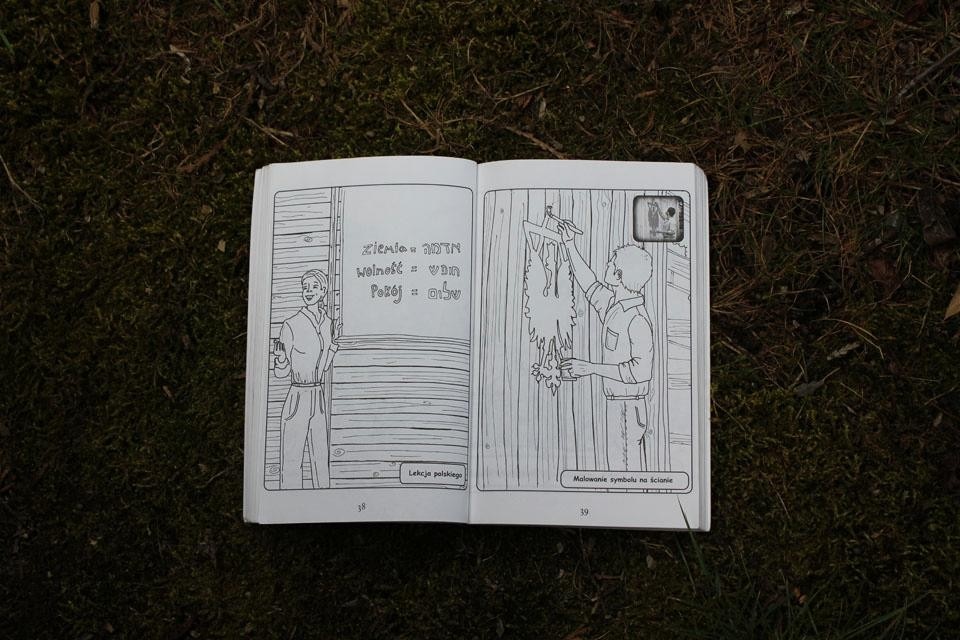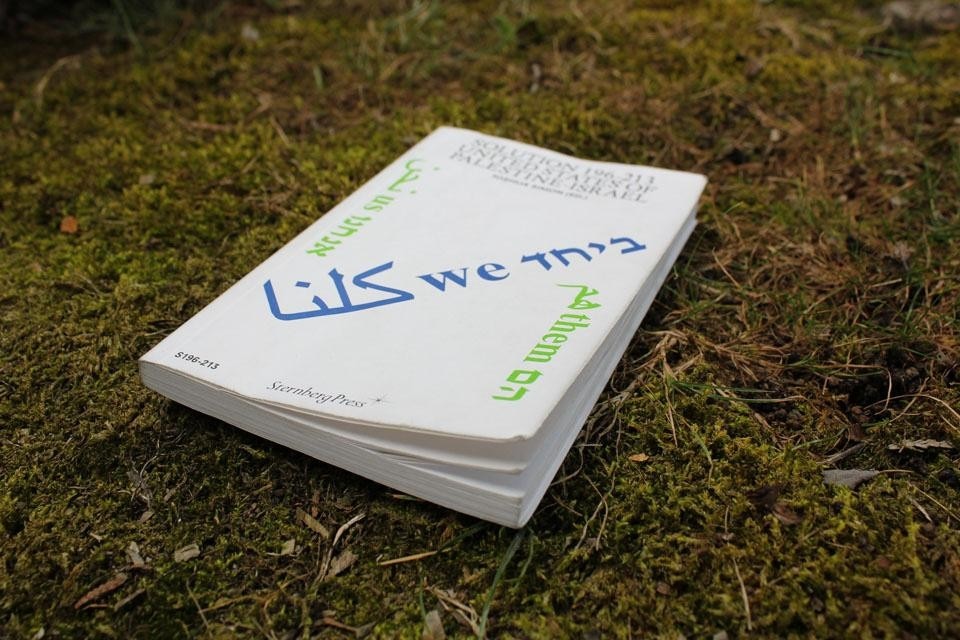edited by Joshua Simon, Sternberg Press, 2011 (128 pp., £13.00)
If this were not the sixth volume in the Solution series edited by writer Ingo Niermann for Sternberg Press, the title of this book would be enough to make any discussion explode without even opening it. But after placing it within the context of the paradoxical solutions proposed for Scotland, Dubai, Japan, America and especially for Germany—in the book by Niermann on the Great Pyramid in Germany, the most monumental tomb in the world—the words in the title immediately take on a milder meaning.
"The solutions presented in this book use thought and invention as critical tactics in order to destabilize the usual antagonistic identities and suggest new alliances and new horizons," as curator Joshua Simon explains. "If you think about the fact that the founding father of Zionism, Theodor Herzl, was a romantic writer, it becomes easy to view Israel as a fantasy thrust onto history's stage. A "decor" that involved the expulsion of the Palestinians, the influx of the Jews and the construction of spectacular turreted settlements," Simon continues, "and created a reality of occupations and separations, the two main elements in the region's historical evolution."
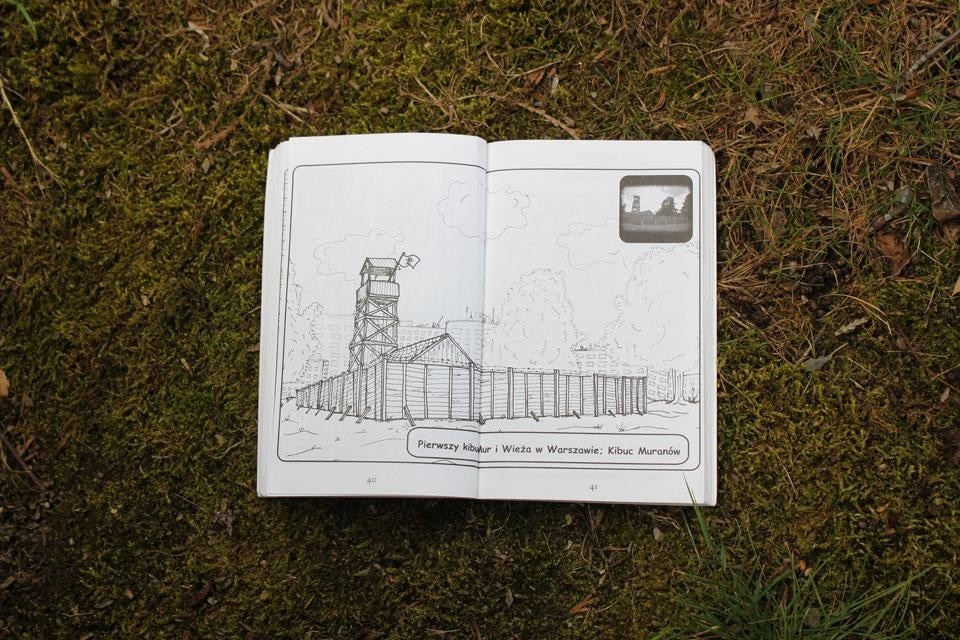
Among the 18 solutions for the "United States of Israel-Palestine," those by Ingo Niermann interpret the provocative and imaginative role evoked by Joshua Simon more exuberantly than the others. Building settlements reserved for lesbian and gay Palestinians on Israeli territory would challenge both Palestinian chauvinism as well as the eternal image of Israel as the only champion of civil liberties in the Middle East. Or, better yet, the foundation of a second Israeli-Palestinian state mirroring the first on German territory would resolve German depopulation and demographic pressure in Israel in one fell swoop, transforming the nation-state into a nation-world.
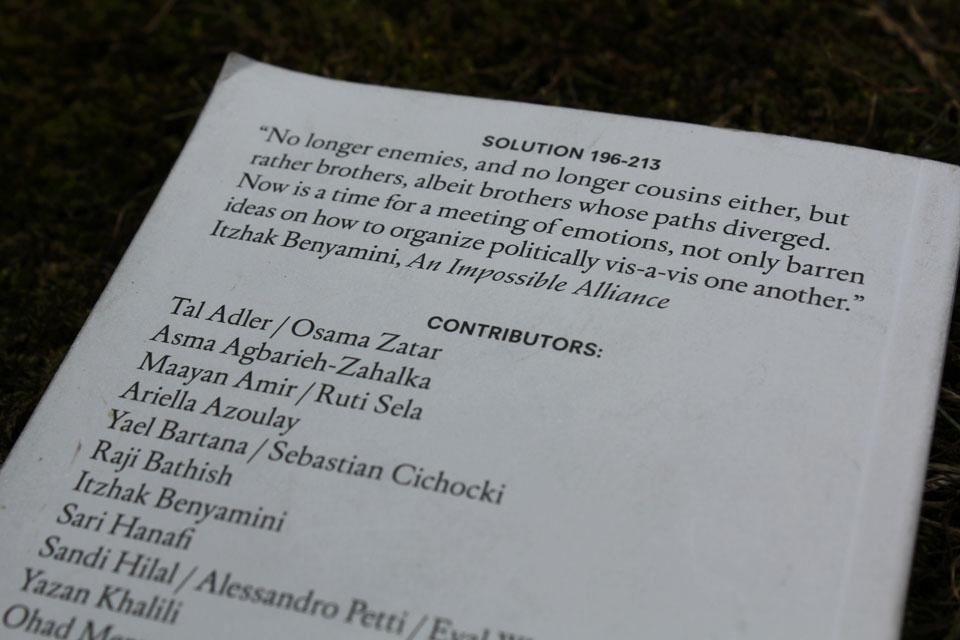
But most of the proposals work within the borders, producing scenarios in which the mechanisms of discrimination are deconstructed. Noam Yuran imagines a Jewish state in which all "left wing" citizens are bureaucratically converted to Islam, thus boycotting the government census of citizens by "national affiliation" which identifies potential enemies (Arabs) on the basis of ethnicity and Jewish friends on the basis of religious affiliation. Sari Hanafi goes on to conceptualize a new model for the nation-state founded on the flexibility of borders and citizenship, thus denying the territorial principle which excludes the return of refugees. In "Decolonizing Architecture" by Alessandro Petti, Sandi Hilal and Eyal Weizman, new ways of living and reusing evacuated settlements are tested out. Asma Agbarieh-Zahalka tries to create a solid alliance between Jewish and Palestinian workers against the capitalist forces which concentrated national wealth in the hands of a very few families. And the same Joshua Simon, together with Ohad Meromi, repopulates Kibbutzes in ruins and transforms them into laboratories of comunal life in view of an anti-capitalist transition. These are attempts to detach problems from ethnic, religious and security straits and direct them towards a discussion of issues of class and ownership, in other words the rights of 1948 and 1967 refugees.
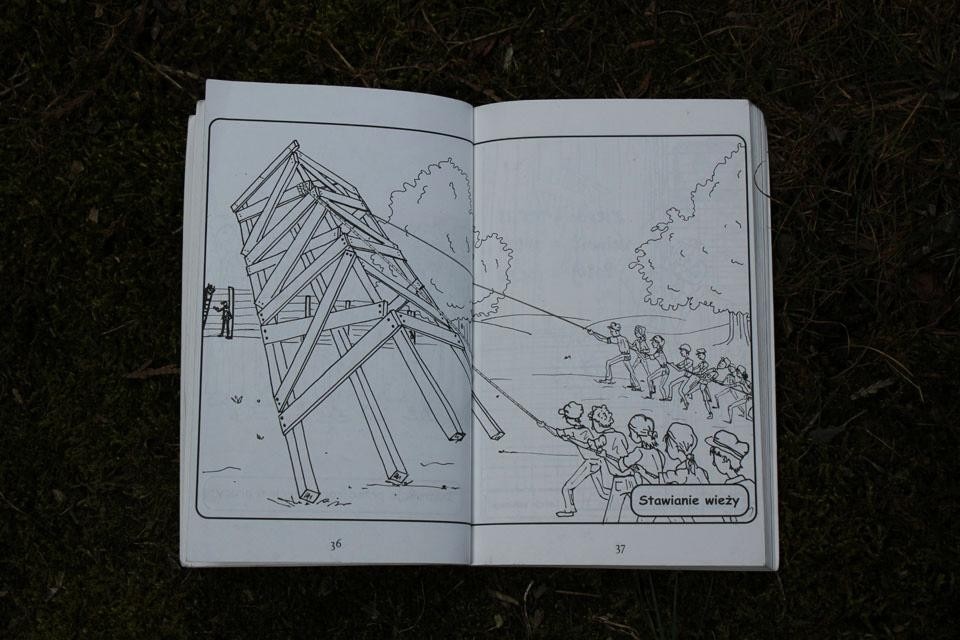
Why, at some point, was it decided that a creative idea is more constructive than a rationally structured discussion? Why does an increasingly large group of politically engaged intellectuals, while aware of the constant weakening of their role and influence on society, choose to rely on an increasingly self-referential layering of languages? These are questions that should be posed without respite, at a time like today when the 20th century culture industry is in agony, pouring its last energies into systems of schools and events that are completely subservient to a marketing logic which is, in its turn, gasping for air.
Lucia Tozzi
